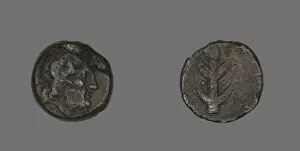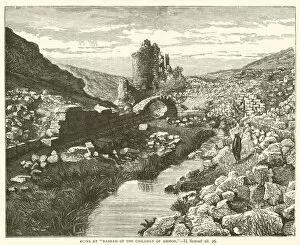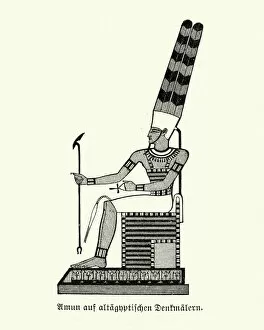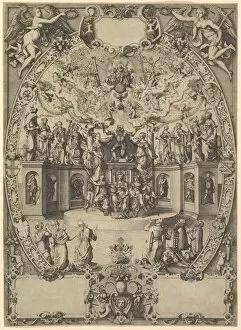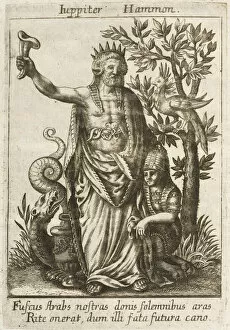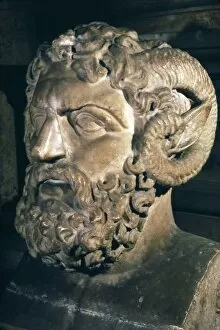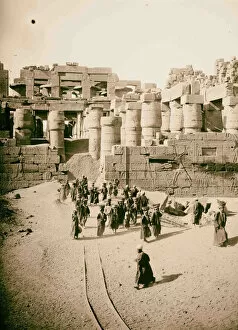Ammon Collection
Ammon, also known as the Oracle of Jupiter-Ammon, holds a significant place in history and mythology
All Professionally Made to Order for Quick Shipping
Ammon, also known as the Oracle of Jupiter-Ammon, holds a significant place in history and mythology. This ancient deity was associated with various symbols and stories that have captivated generations. One intriguing connection to Ammon is through the Bewick/Mouflon, a wild sheep species found in Europe and Asia. These animals were often depicted alongside Ammon, representing his power over nature and fertility. Another notable figure linked to Ammon is Alexander the Great, King of Macedon, and is said that during his conquests in Egypt, he sought guidance from the Oracle of Jupiter-Ammon at Siwa Oasis. The encounter left an indelible mark on him as he believed himself to be divinely blessed by Ammon. Jost Ammon, a renowned artist from the 16th century, created stunning works like "Venus and Cupid" and "The wear and tear of a knight. " His artistry showcased his talent for capturing emotions and narratives within each piece. Ammon's influence extended beyond artworks; it even appeared on ancient coins depicting Zeus Ammon. These coins served as a testament to the widespread worship of this god throughout different civilizations. In Egyptian culture, scarabs played an essential role in religious symbolism. Scarabs featuring hieroglyphs related to Amun highlighted his association with power (depicted by the red crown) and perfection (represented by nfr- and nb-signs). Furthermore, another scarab showcased a hovering falcon above God Amun's name during Egypt's New Kingdom era. This imagery emphasized both divine protection provided by falcons as well as their connection to Amun. A statuette portraying the Theban Triad - consisting of gods Amun, Mut, and Khonsu - exemplified their significance within Egyptian religion. As one part of this powerful trio representing creation (Amun), motherhood (Mut), and moonlight (Khonsu), Amun's role as a creator god was highlighted.






